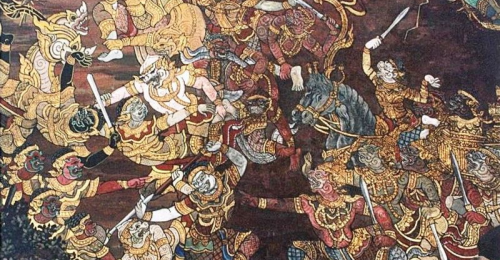MC writes about politics in schools and colleges in Kerala
Kerala has been witness to countless student agitations at the behest of their political masters. Violence and senseless destruction of public and private property worth crores occurs every time, and all that we have done is sympathize with them for their criminal acts. Each time we find some justification and excuse to pardon such acts, while blaming police excesses. It is the same senselessness that allows a banner like that in the picture in front of an old reputed institution, now successfully eroded of its reputation and quality. I wonder why the teachers and the principals of these schools and colleges are not ashamed to see that every morning. What is the message we are trying to send across to our children? Where do we put an end to it?
Sony Vellayani writes about the Coliform bacteria found in tap water in Kerala (via DesiPundit)
I am very much interested in finding out what Kerala Government does next. This is the government that banned Coke/Pepsi from Kerala based on an unscientific result published by an NGO. The experts have argued that if the same NGO sampled the water samples in and around the country that common people are using they could have found more deadly impurities. Now a study by a reputed institution in India has found that 99% of the tap water supplied by Kerala Government is polluted or has bacteria level greater than one mandated by WHO. Now there is a good chance that since the findings are against the state government they will question the intention of Malayala Manorama or other people involved rather than trying to solve the real issue at hand.
Ratheesh writes about the ban on plastic bags
Kerala government recently banned thin plastic bags in the state. However, the ban is only for bags with less than 30 microns (?) in thickness, as these are the bags that are not bio-degradable or recyclable. So, shopkeepers are selling their items in special plastic bags which have some sort of a sign (a seal from the bag manufacturers, for example) on the bags certifying that they are more than 30 microns thick. These bags are freely used by people and are dumped at any place of choice.
Without establishing a system and process for collection and recycling/disposal of all the plastic items (or any wastage for that matter), just enforcing a ban on certain plastic items may not be of much use, I am afraid.
See Also: Notes from Kerala



